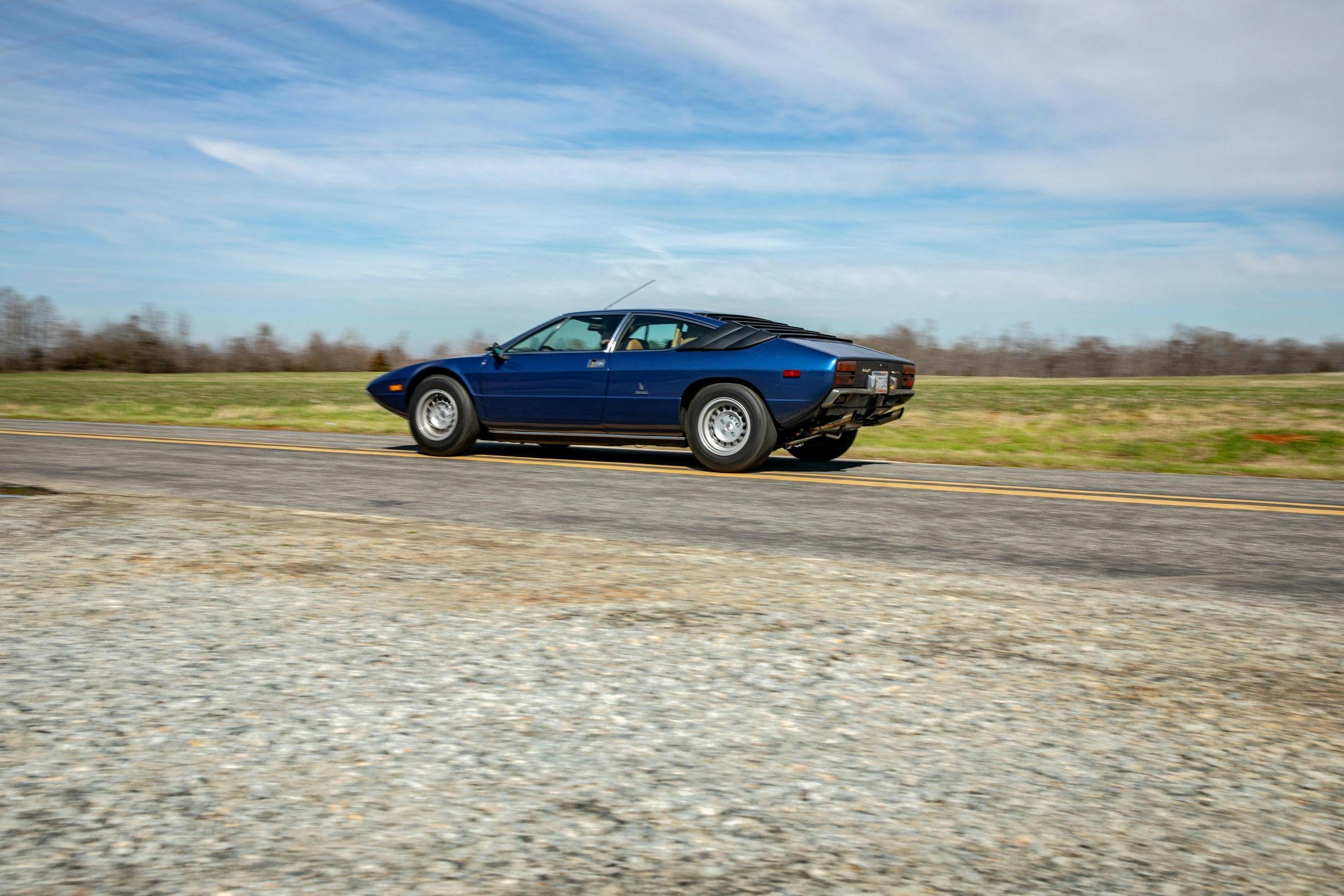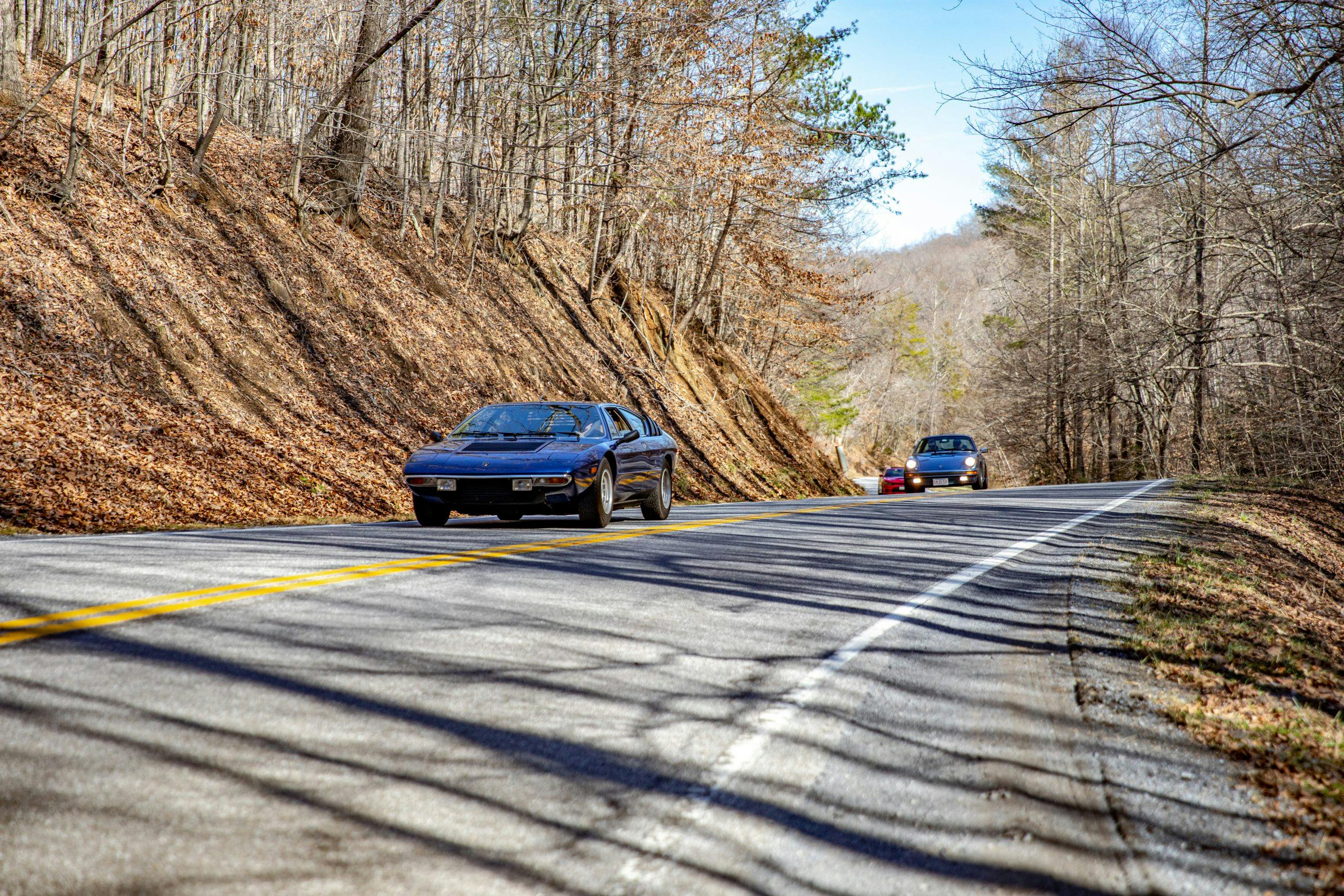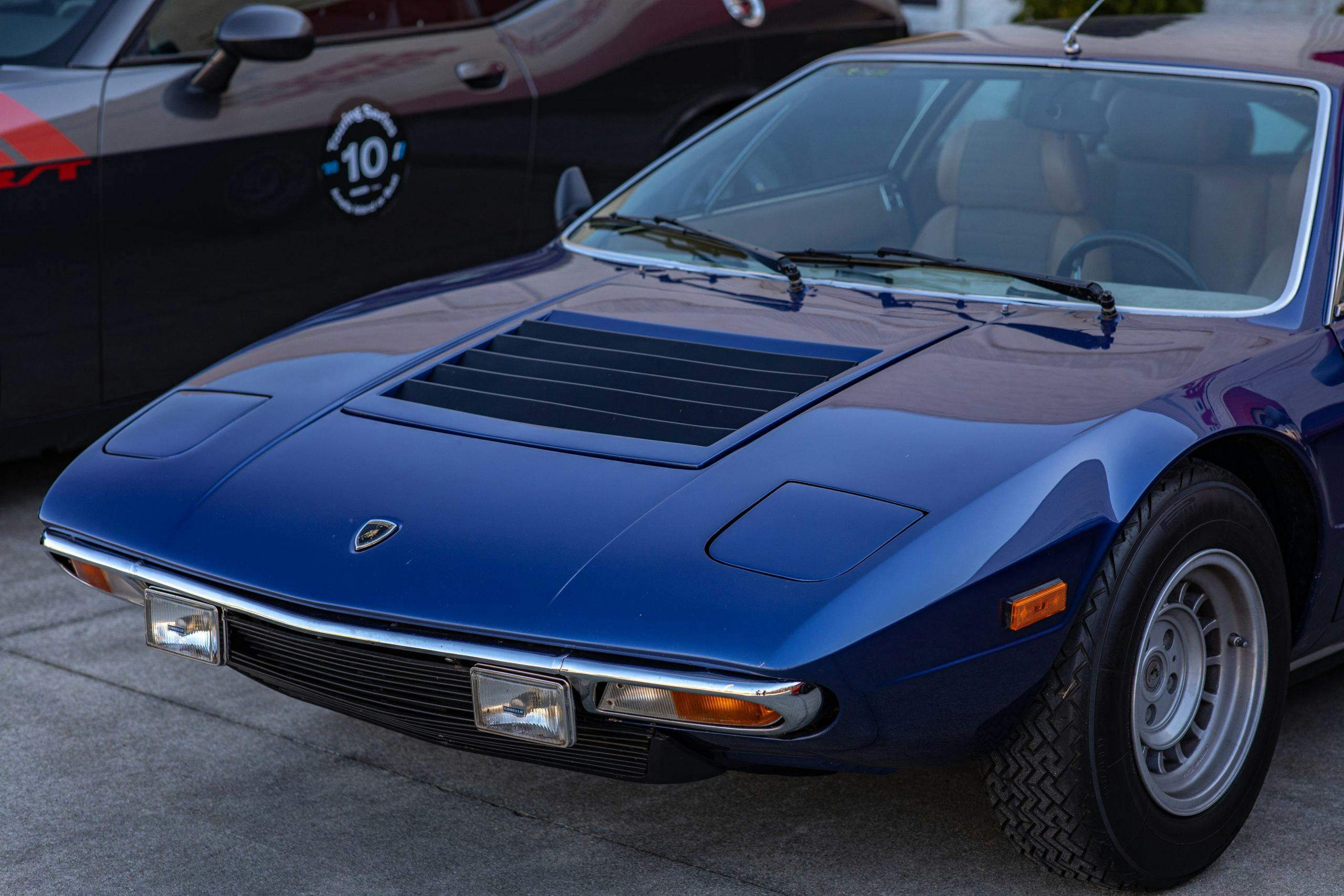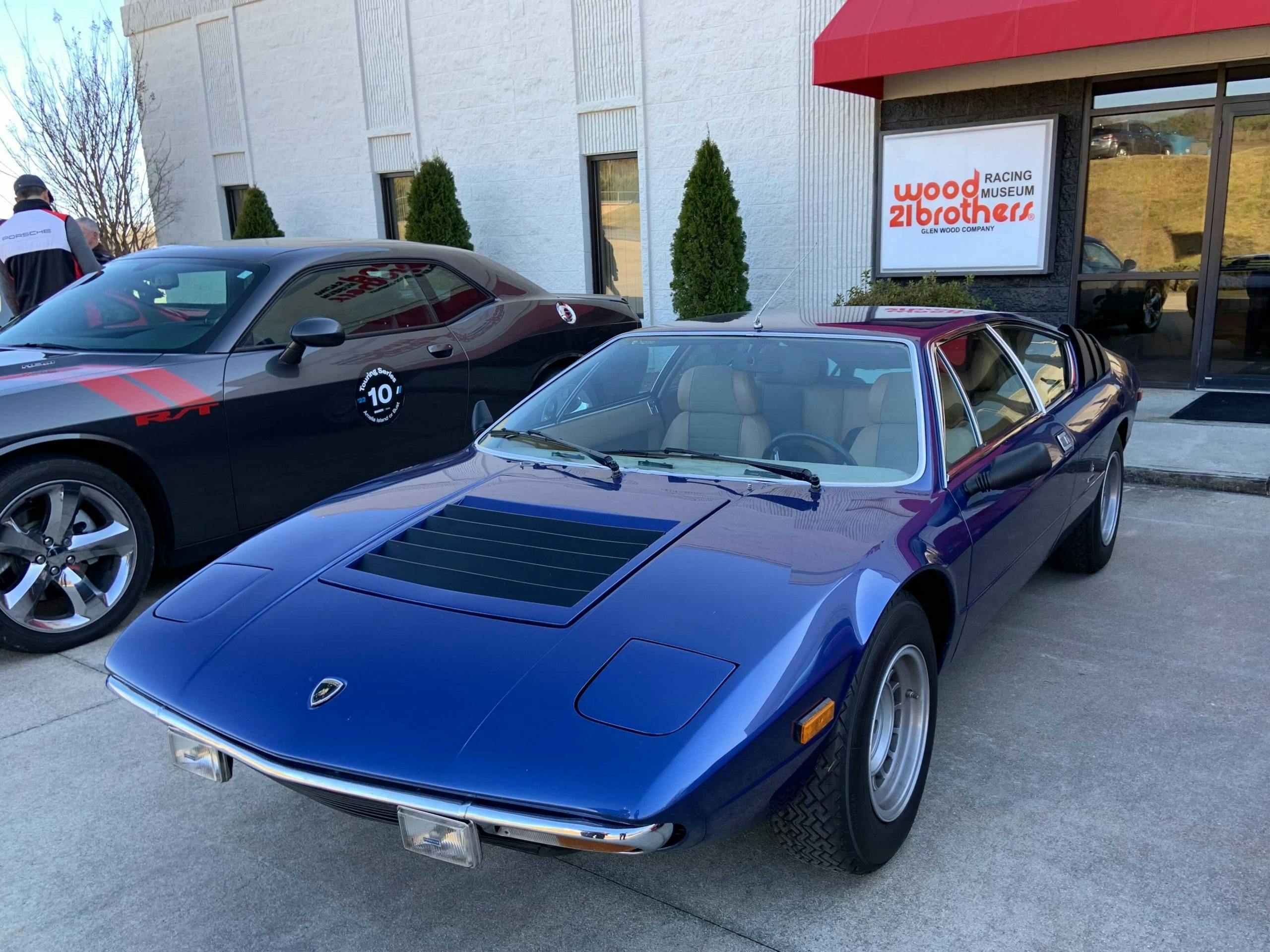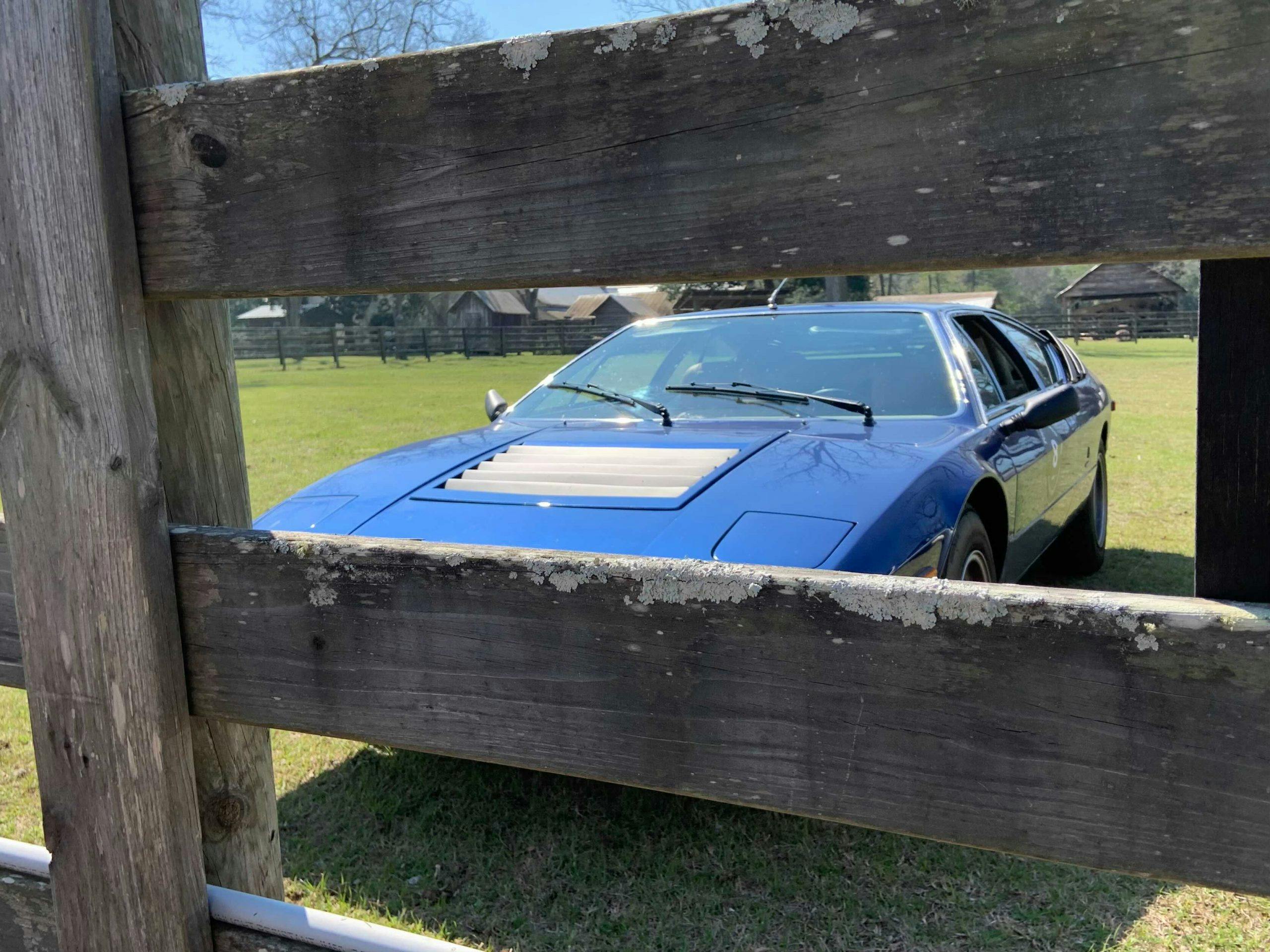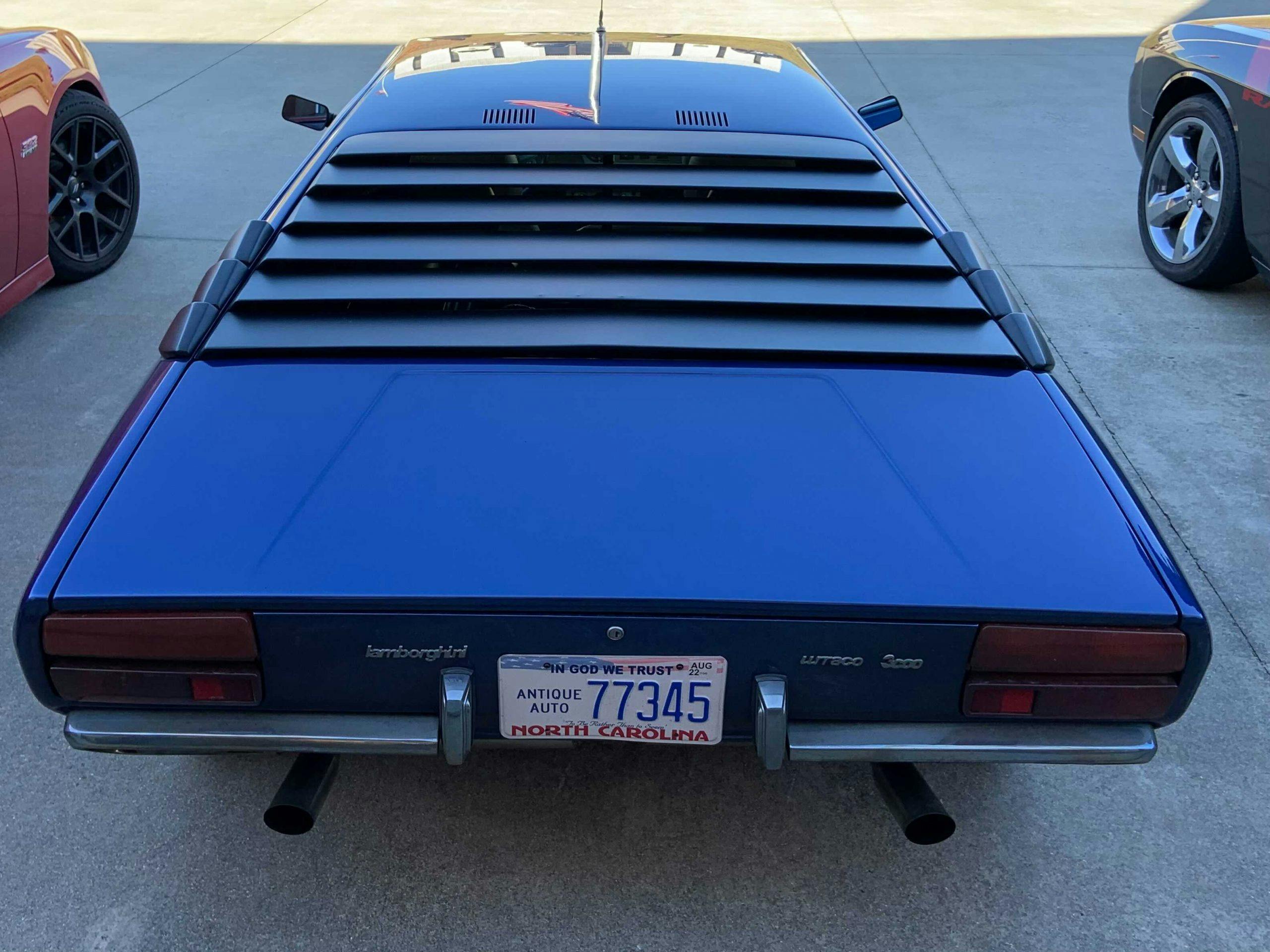Amelia or Bust: This Lamborghini Urraco is enjoying the sunshine—and the spotlight
Howard Stanton’s 1976 Lamborghini Urraco P300 took the long route to Amelia Island, Florida. The looooong route.
Built in Italy and sold by a Lebonese-based Lamborghini dealership to a buyer in Saudi Arabia (Stanton believes possibly to a member of the royal family), it was eventually imported to the U.S. by a Saudi American and went through three more owners here before Stanton bought it through Bring a Trailer last year. And he wasn’t the only one who wanted it.
“Unfortunately, a couple other bidders wanted it too,” he says, “so I felt pretty fortunate to get it.”
If you’ve never seen a Urraco—perhaps never even heard of it—you’re forgiven. Fewer than 800 were built.
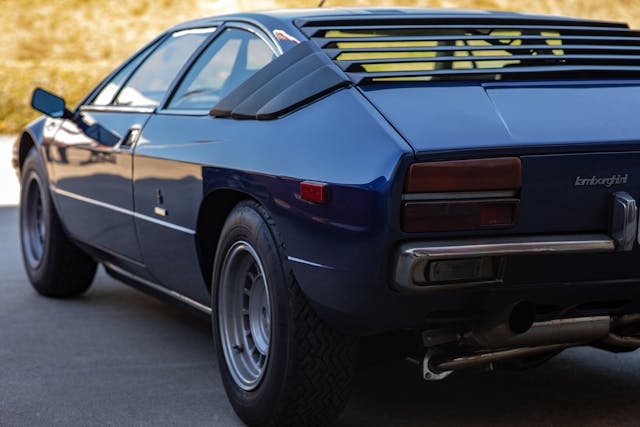
Launched for 1973 as a competitor to the Ferrari Dino and Alfa Romeo Montreal, the Urraco—named for a small fighting bull—was the shape of future high-performance sports cars. With a transversely mounted V-8 engine set just forward of the rear axle and behind the passenger compartment, the Urraco continued down the design path of the successful Lamborghini Miura, however the sharp edges and acute angles of the Urraco foreshadowed the yet-to-come Countach and virtually every other Lamborghini sports car made since.
It was exactly what Stanton had been searching for. “I’d been looking for a couple of years,” he says. “I saw some others, but this is a good one—knock on wood.”
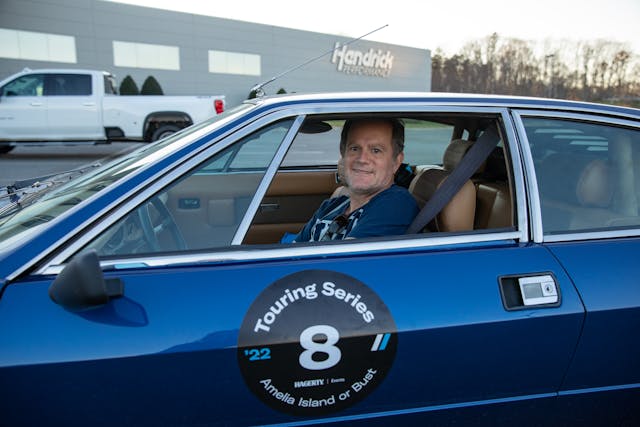
Designed by Bertone’s Marcello Gandani, who also penned the Miura, Countach, and Diablo, the Urraco is a two-door sports car with a 2+2 seating design with a small rear seat that’s more useful for stashing things than people. No matter. Not to Stanton, anyway.
“I like the shape of it,” says Stanton, who joined the just-completed 1000-mile Amelia Island or Bust Tour near his home in Winston-Salem, North Carolina. “You can tell that Gandini loved louvers, as do I, and I just think it has such clean lines.”
He also loves its Blue Notte exterior—he’s owned three other cars with a similar paint job. “That sealed the deal,” Stanton says. “My wife (Kate) calls it ‘Howie Blue.’”
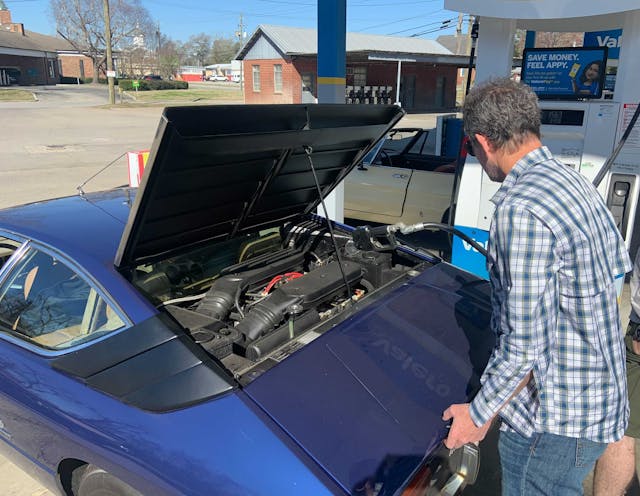
And then there’s the Urraco’s No. 1 attraction: the engine. Power comes courtesy of a 3.0-liter overhead cam V-8 engine that generates 265 horsepower and 195 lb-ft of torque. Two smaller engines were also offered during the little bull’s production run: the original 2.5-liter mill and an Italian-market 2.0-liter variant designed to avoid the country’s high taxes for anything over 2000 cc. All are mated to a five-speed manual transaxle. Only 205 examples of the P300 were bult, along with 522 of the P250 and 68 of the P200.
The 3.0 engine can propel the Urraco P300 from 0–60 mph in only 5.6 seconds and up to a top speed of 162 mph.
“The best part about it is the sound,” Stanton says.
“It’s also the best thing about following it,” says fellow Amelia Tour participant Aaron Meisner.
“The burbles on acceleration and deceleration …,” Stanton says, “It just sounds so great.”
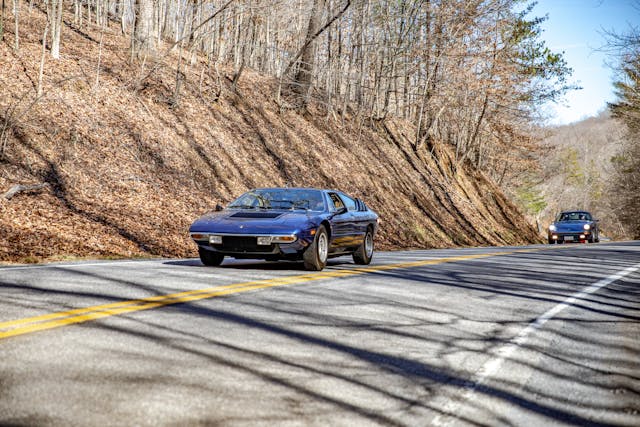
Other features are MacPherson struts on all four wheels, lower A-arms and sway bars front and rear, rack and pinion steering, four-wheel disc brakes, and magnesium alloy wheels. Inside, the Urraco has air conditioning, suede upholstery, leather-covered bucket seats, a leather-wrapped steering wheel, power windows, AM/FM/cassette stereo with power antenna, and a rear window defroster.
Lamborghini had ambitions of selling 1000 Urracos per year, but its high MSRP—$26,900 for the ’76 P300 (about $133,000 today)—was nearly double that of a Porsche 911. And the oil crisis came along within months of its original release. It was doomed from the start.
Stanton wonders what could have been, but he’s also happy about what is. “It’s so much fun and so cool,” he says. “So many people see it and say, ‘Oh, my God, I’ve never seen one of those!’ It gets a lot of attention.”
And it will likely receive a lot more of it this weekend as Stanton joins thousands of fellow enthusiasts at The Amelia.

